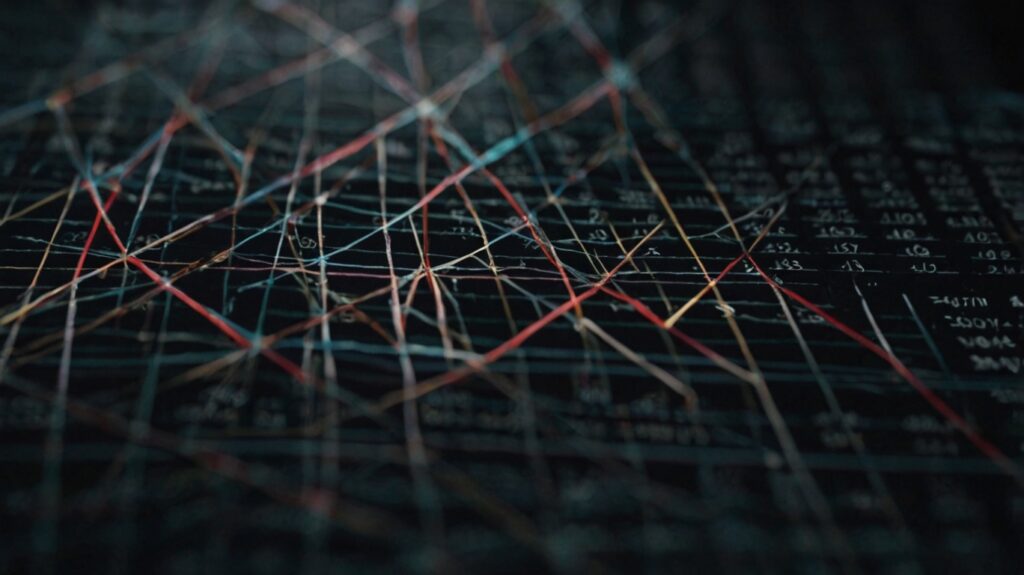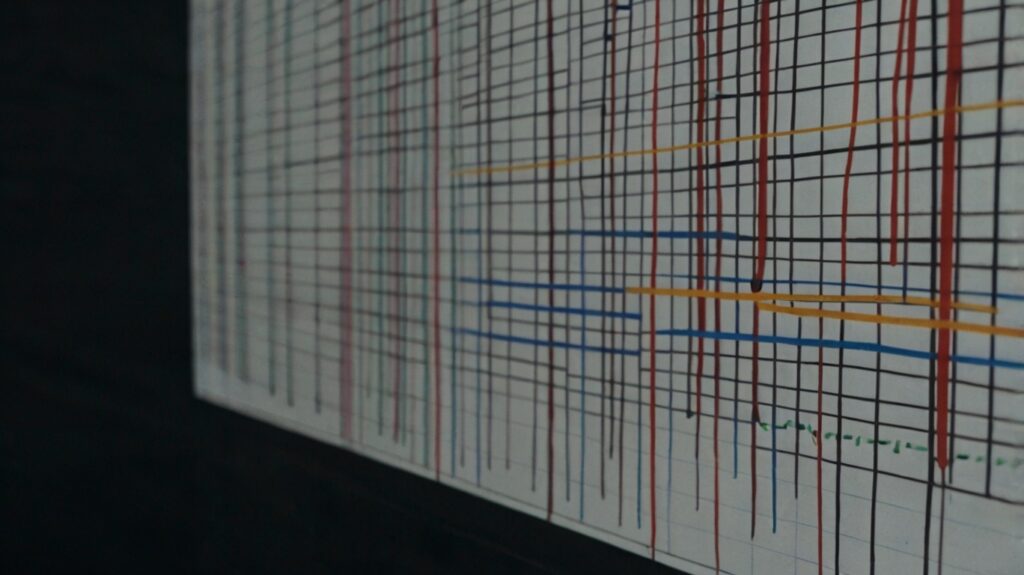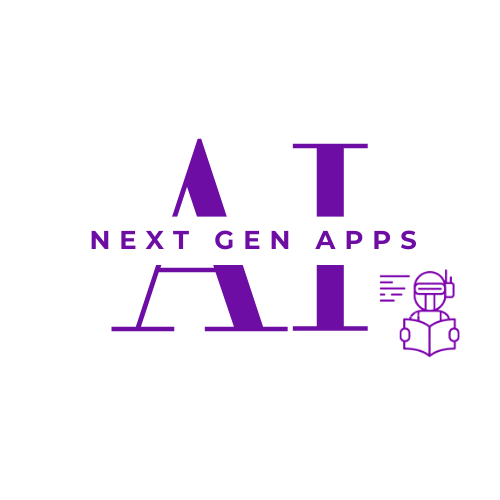Retrieval Augmented Generation (RAG) has emerged as a powerful technique for enhancing the capabilities of Large Language Models (LLMs). By combining the strengths of information retrieval and generative AI, RAG systems can access and process vast amounts of information to produce informative and relevant responses. However, traditional RAG systems often struggle with complex queries that require deep reasoning and understanding of relationships between entities. This is where Graph RAG comes into play.

Graph RAG leverages the power of knowledge graphs to augment the retrieval process, enabling more accurate and comprehensive responses. By representing information as interconnected nodes and edges, knowledge graphs provide a rich semantic structure that can be exploited to improve the performance of RAG systems.
Table of Contents
ToggleUnderstanding Graph RAG
Graph RAG builds upon the core principles of traditional RAG but introduces a crucial enhancement: the integration of a knowledge graph. The system typically consists of the following components:
- Knowledge Graph Construction: A comprehensive knowledge graph is created by extracting entities and relationships from the available data sources. This involves entity recognition, relationship extraction, and knowledge fusion to build a unified representation of the information.
- Document Indexing: Documents are processed and indexed using techniques like embedding-based search to facilitate efficient retrieval.
- Query Processing: User queries are analyzed to identify relevant entities and their relationships.
- Knowledge Graph Query: The knowledge graph is queried to retrieve entities and relationships that are relevant to the user’s query.
- Contextual Enrichment: The retrieved information from both the document index and the knowledge graph is combined to create a comprehensive context for the LLM.
- Response Generation: The LLM generates a response based on the provided context, leveraging the structured information from the knowledge graph to improve coherence and accuracy.

Advantages of Graph RAG
Graph RAG offers several advantages over traditional RAG systems:
- Enhanced Understanding of Relationships: By explicitly representing entities and their connections, knowledge graphs enable the system to better understand the underlying relationships between concepts.
- Improved Information Retrieval: Graph-based retrieval can effectively identify relevant information even for complex and ambiguous queries by leveraging the rich semantic structure of the knowledge graph.
- Enhanced Reasoning Capabilities: Graph RAG empowers LLMs to perform logical reasoning by following the paths and connections within the knowledge graph.
- Improved Factuality and Coherence: The structured information from the knowledge graph helps to ensure that the generated responses are factually accurate and logically consistent.
- Ability to Handle Complex Queries: Graph RAG excels at handling complex queries that require deep understanding of the subject matter by breaking them down into sub-queries and leveraging the knowledge graph to find relevant information.

Limitations of Graph RAG
While Graph RAG offers significant advantages, it also has some limitations:
- Knowledge Graph Construction Challenges: Building a high-quality knowledge graph can be time-consuming and resource-intensive, requiring robust data processing and curation.
- Scalability Issues: As the knowledge graph grows, querying and updating it efficiently can become challenging.
- Dependency on Knowledge Graph Quality: The performance of Graph RAG is heavily dependent on the quality and completeness of the underlying knowledge graph.
- Costly: The Graph RAG is heavily dependent on extensive tokens usage which results in high cost of APIs from LLMs.

Advancements in Graph RAG
Several companies and research institutions are actively working on improving Graph RAG:
- Microsoft: Microsoft Research has introduced GraphRAG, a framework that leverages LLMs to create knowledge graphs from text corpora and enhances RAG performance.
- Google: Google has been exploring the integration of knowledge graphs into its search and language models to improve information retrieval and response generation.
- Academic Research: Numerous research papers have been published on Graph RAG, focusing on different aspects such as knowledge graph construction, query optimization, and evaluation methodologies.

Conclusion
Graph RAG represents a significant step forward in the evolution of RAG systems. By incorporating knowledge graphs, it enables LLMs to better understand and reason about complex information, leading to more accurate, informative, and coherent responses. While challenges remain, ongoing research and development are addressing these limitations, paving the way for even more sophisticated and powerful RAG systems in the future.
FAQs (Frequently Asked Questions)
Graph RAG is an advanced version of Retrieval Augmented Generation (RAG) that incorporates knowledge graphs. Unlike traditional RAG which relies on text-based retrieval, Graph RAG leverages the structured information within a knowledge graph to enhance the understanding and retrieval of relevant information. This leads to more accurate and informative responses from the AI model.
Graph RAG offers several advantages over traditional RAG:
- Enhanced understanding of relationships: Knowledge graphs explicitly represent entities and their connections, allowing for better comprehension of the information.
- Improved information retrieval: Graph-based retrieval can effectively identify relevant information even for complex queries.
- Enhanced reasoning capabilities: Graph RAG enables AI models to perform logical reasoning by following relationships within the knowledge graph.
- Improved factuality and coherence: The structured information from the knowledge graph helps ensure accurate and consistent responses.
While Graph RAG offers significant benefits, there are challenges associated with it:
- Knowledge graph construction: Building a high-quality knowledge graph requires substantial effort and resources.
- Scalability: As the knowledge graph grows, querying and updating it efficiently becomes more complex.
- Dependency on knowledge graph quality: The performance of Graph RAG is directly influenced by the accuracy and completeness of the underlying knowledge graph.
Graph RAG has potential applications in various domains, including:
- Customer service: Providing accurate and relevant answers to customer inquiries.
- Healthcare: Analyzing medical records and research papers to support diagnosis and treatment decisions.
- Financial services: Identifying trends and patterns in financial data for risk assessment and investment recommendations.
Several companies and research institutions are actively working on Graph RAG, including:
- Microsoft: With their GraphRAG framework.
- Google: Integrating knowledge graphs into their search and language models.
- Academic researchers: Contributing to advancements in Graph RAG through research papers and publications.
